The planting process of coffee trees, coffee flowers, coffee fruits and coffee beans
The coffee tree is an evergreen tree with small white flowers and green fruit that does not turn red until it is ripe. A normal coffee tree can usually grow to a height of 5 to 10 meters, but bean farmers often prune it to less than 2 meters for harvest convenience. After flowering, there are many dark green oval fruits, and the mature fruit changes from dark green to bright red. Because the color is similar to that of cherries, it is nicknamed "cherry", and each "cherry" contains a pair of seeds, which are the so-called coffee beans.
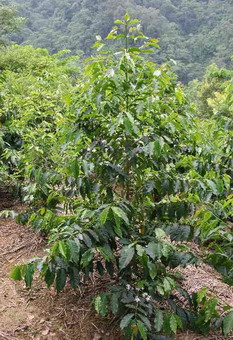
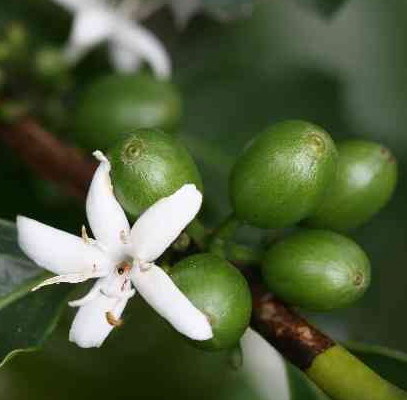
Coffee flowers, white, Corolla 5-lobed, reversing, emitting strong aroma. All 4-to 5-year-old coffee trees bloom, with a flowering period of about 2-3 months. Coffee flowers are similar to jasmine in appearance and smell, and are clustered on coffee branches when they bloom. White petals and light fragrance of jasmine are noble and elegant, but it is a pity that its flowering period is about 3-5 days. Therefore, it is a rare opportunity to enjoy the splendor of coffee flowers in the coffee garden. After the coffee blossoms, it slowly forms green coffee fruit.
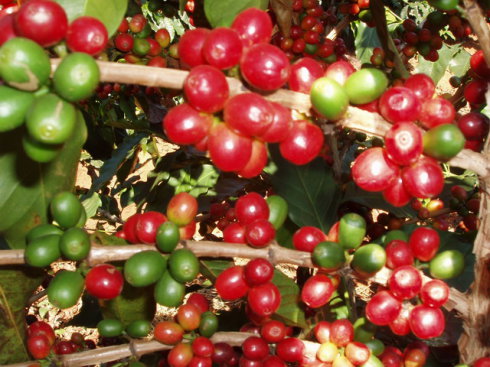
Immature coffee fruit is green, after 6-7 months of maturity, the mature fruit skin is red, because its shape and color are similar to cherries, so foreigners call mature coffee fruit cherry (Cherry). Under the bright red pericarp, the peel is a sweet sticky yellow substance that covers the whole coffee bean. Under normal circumstances, each fruit has two coffee beans, flat opposite, the surface of the coffee bean has a very thin diaphragm tissue ─ silver skin (Silver Skin), each coffee bean and its silver skin are located in a protective hard milky bean-shaped shell, called endocarp (Parchment), the function is to separate the coffee bean and mucus.
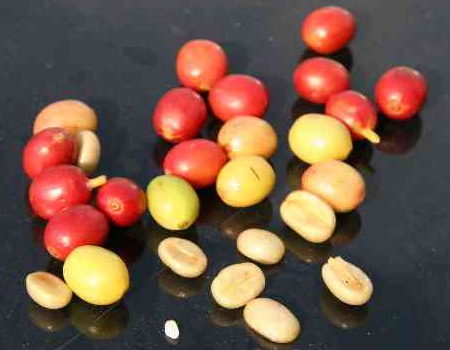
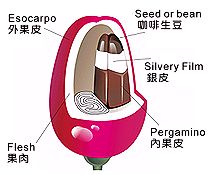
A normal coffee tree sometimes produces smaller fruit with only one coffee bean in it. This single coffee bean has a different name, Peaberry, or single bean. It does not have a flat side. On the contrary, it is smaller and almost round. Because its quantity is very small, and must be specially selected and collected together, therefore, its price is much higher than that of ordinary coffee beans. Many people think that round beans taste particularly good, because their round beans can make the original taste of coffee, tightly wrapped in the beans, the taste is particularly strong. Many coffee lovers regard it as the best of coffee beans.
Important Notice :
前街咖啡 FrontStreet Coffee has moved to new addredd:
FrontStreet Coffee Address: 315,Donghua East Road,GuangZhou
Tel:020 38364473
- Prev
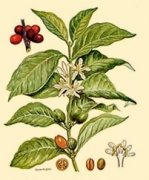
There are about 60 species of coffee plants in the world.
There are about 60 species of coffee in the world, of which only 25 species are cultivated to make coffee, of which only 4 species are used as commercial coffee: large fruit coffee (Coffea liberica), medium fruit coffee (Coffea canephora), small fruit coffee (Coffea arabica) and high yield coffee (Coffea dewevrei). These are botanical names. Coffee in the world at present
- Next
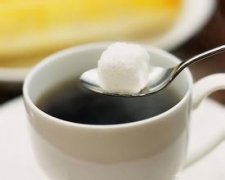
The harvest time of coffee beans is different in different countries and regions.
The harvest time is different in different countries and regions. The harvest process requires a lot of manpower, especially high-quality selected coffee, which can only pick fully ripe red coffee cherries. Because all coffee cherries don't ripen at the same time, you need to go back to the same tree many times to pick. Coffee beans come from a mature seed called coffee cherry (cherries)
Related
- Beginners will see the "Coffee pull flower" guide!
- What is the difference between ice blog purified milk and ordinary milk coffee?
- Why is the Philippines the largest producer of crops in Liberia?
- For coffee extraction, should the fine powder be retained?
- How does extracted espresso fill pressed powder? How much strength does it take to press the powder?
- How to make jasmine cold extract coffee? Is the jasmine + latte good?
- Will this little toy really make the coffee taste better? How does Lily Drip affect coffee extraction?
- Will the action of slapping the filter cup also affect coffee extraction?
- What's the difference between powder-to-water ratio and powder-to-liquid ratio?
- What is the Ethiopian local species? What does it have to do with Heirloom native species?

